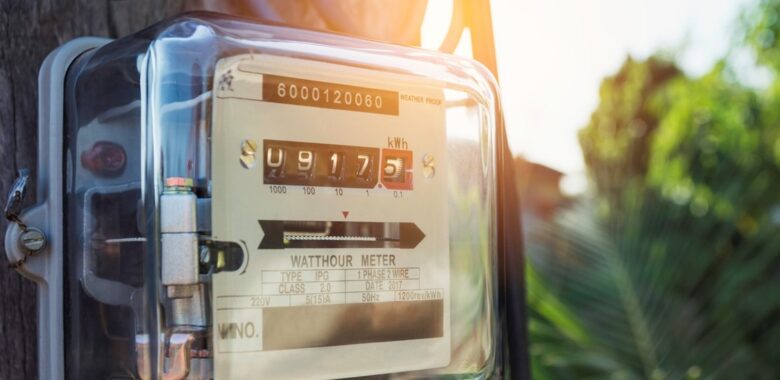5G connectivity will power a world of new services. By 2025, it will account for 21% of the world’s mobile connections – and has the power to truly unlock the potential of the Internet of Things (IoT), connecting billions of objects.
5G unleashes a powerful combination of extraordinary speed, expanded bandwidth, low latency, and increased power efficiency perfect for connecting objects. It will make our cities smarter and our entertainment more immersive.
I spoke at the 5G IoT Summit with other industry experts to share the growth, challenges and opportunities of IoT in the 5G era. And, we met many players in and around our stand. Here’s a few of the things we saw.
The evolution of the Internet of Things
The IoT revolution began with simple remote monitoring of things like first-generation smart refrigerators or machine telematics. In just a short space of time we’re now talking about connected cars, smart grids that span entire cities and countries, and telehealth. Forecasts suggest there could be as many as 75 billion IoT connected devices by 2025.
The potential market for 5G & IoT is massive and will probably see use cases that we haven’t even imagined today – I mean who would have thought that a connected cat litter tray existed (yes it does and we saw it at MWC!). Almost anything can now be connected and many of these new smart objects will be small, with no user interface and could be delivered anywhere around the world.
This raises three questions:
- How do we connect millions of discrete objects with no human intervention?
- How do we protect the device and data it transmits – and ultimately the wider IoT?
- How can smart device makers optimize logistics and connectivity costs?
How to connect hundreds of millions of objects?
IoT OEMs and Service Providers have traditionally managed multiple SIM configurations and roaming agreements. They also need to know in advance more or less where the product would be sold. This doesn’t just create lots of complexity in terms of logistics but also generates high connectivity costs. Smart device makers are therefore increasingly turning to eSIMs to connect objects at first boot up to allow them to securely and remotely manage the lifecycle of cellular subscriptions, wherever the machine ends up. A combination of secure hardware and a service platform means that one SIM SKU is all an OEM needs to manage connectivity.
The eSIM connectivity solutions for IoT also have the advantage of bringing certified security and a trusted hardware element that helps save precious space in smaller devices. You can see more on eSIM solutions in a recent blog post by my colleague Antoine Thomas who presented at the eSIM summit at MWC.
Securing the IoT
As the number of connected devices increases, so do the number of threats. Since 5G networks are software defined and provide unique features such as network slicing, virtualization and IoT cloud interworking, new security approaches are required with many elements being built into devices and ecosystem architecture.
One of the flexible approaches for preventing security breaches on show at MWC on the Thales booth was IoT SAFE. By leveraging the eSIM this allows for provisioning of the security credentials (keys and certificate) when the device is booted up and connected to the network for the first time. This protects both the device and the data exchanges with an IoT cloud which will only grow with the wider roll-out of 5G.
A holistic approach to security is required, with next generation solutions to secure devices, data, and to manage device lifecycles as well as protecting the 5G network itself. Some of the key discussions at MWC this year have focused on how the likes of SIMs, eSIM, cellular IoT modules, and other cybersecurity platforms, can provide advanced security for the 5G ecosystem and help unlock its potential.
With connectivity and security taken care of, smart device makers can let their imagination run free.



